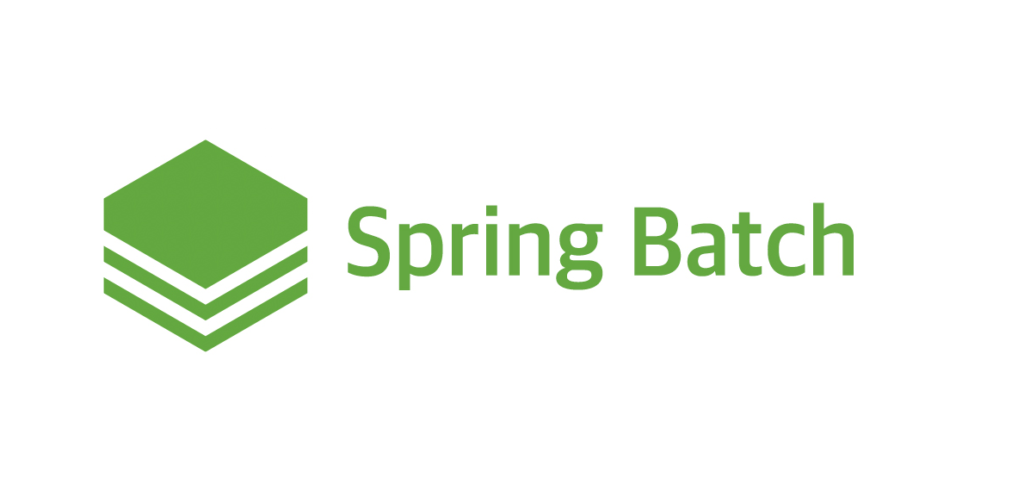
Ranked among the best private universities in Brazil, PUC-Campinas is part of my story as I studied Electrical Engineering from 2016 to 2021. During the course, I studied topics such as electrical circuits, analog and digital electronics, embedded systems, energy generation, transmission and distribution, energy efficiency and programming.
With the largest scientific investment in Brazil’s history, CNPEM is made up of 4 national laboratories: National Synchrotron Light Laboratory, National Nanotechnology Laboratory, National Biosciences Laboratory and the National Biorenewables Laboratory. I was certified to carry out a project at the National Synchrotron Light Laboratory, the project being the development of a new type of RAM memory for devices.


Udemy
As an object-oriented programming language, Java has a range of applications, from mobile applications and enterprise software to Big Data applications and server technologies.
This course showed how Java syntax works, what Classes, Interfaces, Enums and Annotations are and how they work, what primitive types are, reference types and autoboxing, the concepts of OOP (Encapsulation, Abstraction, Inheritance and Polymorphism), database communication through JDBC, Exceptions, JavaFX, Collections, Stream, I/O files and Networking.
Udemy
It is a set of platform-as-a-service products that use operating system-level virtualization to deliver software in packages called containers. Containers are isolated from each other and group together their own software, libraries and configuration files, avoiding problems related to the properties of the server in relation to the developer’s computer.
This course showed the differences between virtualization and containers, how it works, what the dockerfile is, how to build the image, how to run the application, Linux commands, what images and containers are, what the dockerfile keywords are, what persistent volumes are and what docker compose is.


Udemy
MySQL is a database management system that uses the SQL language as its interface. It is a relational database, allowing 1-1, 1-n and n-n cardinalities, avoiding data redundancy and guaranteeing integrity.
This course demonstrates CRUD operations, the Relational Entity Model, transaction ownership with ACID, data types, attributes, constraints, Operators, language definitions (DML, DDL, DCL and TCL), rollback, Union and Union All operators, Indexes, Subqueries, Joins, Functions, Procedures, Triggers, database administration and backup.
Google / Coursera
Python is a high-level, script-interpreted, imperative, object-oriented, functional, dynamically typed, and strong programming language. It has currently gained a lot of attention due to its application in Artificial Intelligence, Machine Learning and Data Science services.
During this course, concepts were taught about what automation is, what Python is, what functions and keywords are, syntax, numeral rules and conventions, variable annotation, implicit and explicit conversion, expressions, conditionals, OOP, definition of class, loops, recursion, strings, lists and dictionaries, OS library, reader and writer


Batch Processing with Spring Batch *
Udemy
Spring Batch is an open source framework for batch processing. It is a lightweight and comprehensive solution designed to enable the development of robust batch applications often found in modern enterprise systems.
During the course, concepts were taught about Tasklet Step and Chunk-Oriented Step, as well as architecture, Job Handling with REST API and Spring Scheduler, Item Readers, Item Writers, Item Processor, Fault Tolerance, reading and writing CSV files, JSON, XML, database data and JPA.
* This certificate was issued in the name of the person responsible at the company, not in my name
Udemy
Used for version control and distributed, that allows efficient teamwork and manage changes in the code, since all the changes will be stored in a local or remote repository. Git also allows branches, which allow the developers to make changes without affecting the principal version of the project.
The course teaches about version control, configuration, creation of local and remote repositories using github, managing changes, four stages, managing changes, gitignore, clone repositories, branches, SSH keys, merge changes, solving conflicts, SCM (Source Code Management), Tags, Stash, Bisect and Alias.
